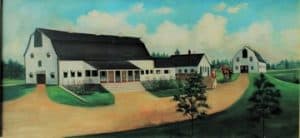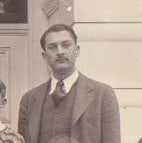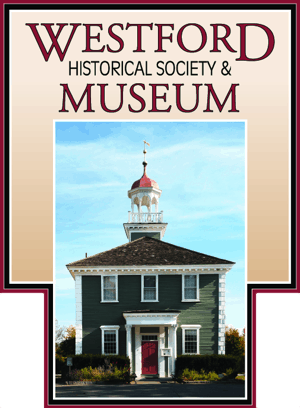
Photo by Rich McLaughlin
We’ve been hearing lots about the Lake Shore Theatre in Nabnasset. It was run by Franklin Trask for 3 summers from 1934 to 1936. Trask had originally come to Westford as the principal at the Frost School around 1930. When he left in 1936, other groups started producing plays at the Nab Country Club. So what happened to Trask and his players?
In the fall of 1936, Trask bought land in Manomet, Massachusetts and started the Priscilla Beach Theatre. You can read the rest of the story on the PBT website.
The Lake Shore Theater
The next time you drive or walk by the Nabnassett Country Club take a look at the old foundation that still stands in front of the current Country Club. This old foundation was once the site of the Lake Shore Theatre that held plays and shows from 1934 to 1941. In fact, the theatre held 1,200 people and was one of the largest summer theaters in the United States. Such performers as Ethel Barrymore Colt, the daughter of Ethel Barrymore, once graced its stage.

The Lake Shore Theatre also operated an acting colony that attracted college students from all across the United States. Most of the students stayed at the “Mansion,” formerly the John William Abbot House at 45 Main Street, which is now the site of the Northern Bank & Trust in Westford. In 1934, 1,200 students applied to the Lake Shore Theatre, but only 80 were accepted. Students took such courses as Acting Techniques, Directing, and Playwriting. Tuition was $300 but was usually waived because of private donations. All students were required to take part in at least four plays that were held at the Lake Shore Theatre.
During the years from 1934 to 1936, the theatre attracted some notable performers. Aside from Ethel Barrymore Colt who performed in 1935, Arthur Fiedler, conductor of the Boston Pops, was the guest of honor at “Gay Nineties” week in 1934. Other notables included actress/author Cornelia Otis Skinner who later appeared in such films as “The Uninvited” and “The Swimmer”; Walter Hampden who would later appear in such films as “The Hunchback of Notre Dame” and “The Adventures of Mark Twain”; Malcolm Lee Beggs an actor/director whose work included films such as “Houdini” and “Botany Bay” and later appeared in early television shows that included “Hopalong Cassidy” and “Hallmark Hall of Fame.”
Although it appeared the Lake Shore Theatre was thriving in 1936, Franklin Trask and his wife Agnes decided to leave Westford and move his theatre company and colony to Plymouth, MA and form the Priscilla Beach Theatre. In 1937 and 1938 the Lake Shore Theatre continued under the direction of Robert Hooven Eshleman who continued the theatre with national casts and directors. In 1939, the theatre became the Westford Playhouse and was operated by the Blackfriars Repertory Theatre. The Blackfriars ran the theatre until 1941, which was its final season. The ensemble was by then made of local performers.
During World War II, the theatre barn was made into a factory for the weaving of steel nets to entrap enemy submarines. It is believed that fire later destroyed the building.
Jim VanBever (2020)
